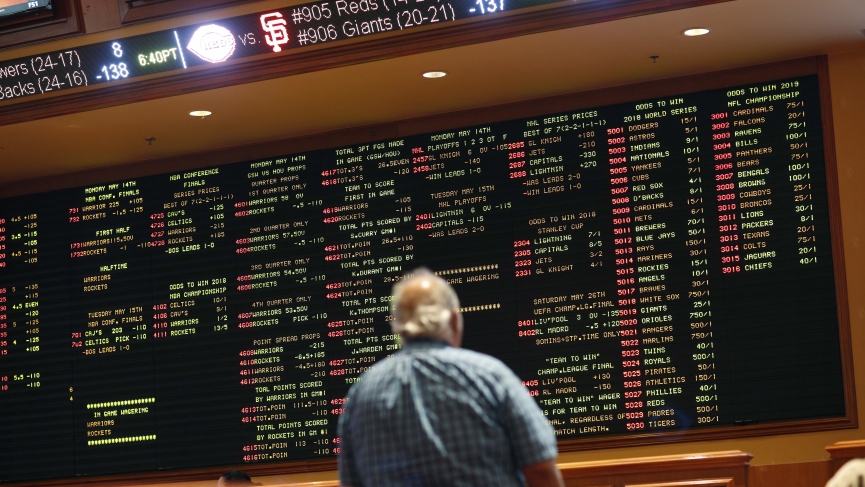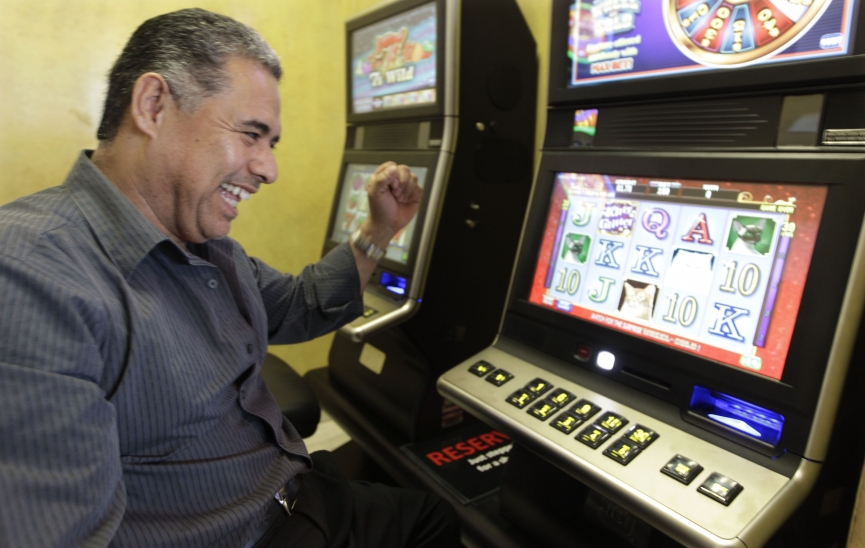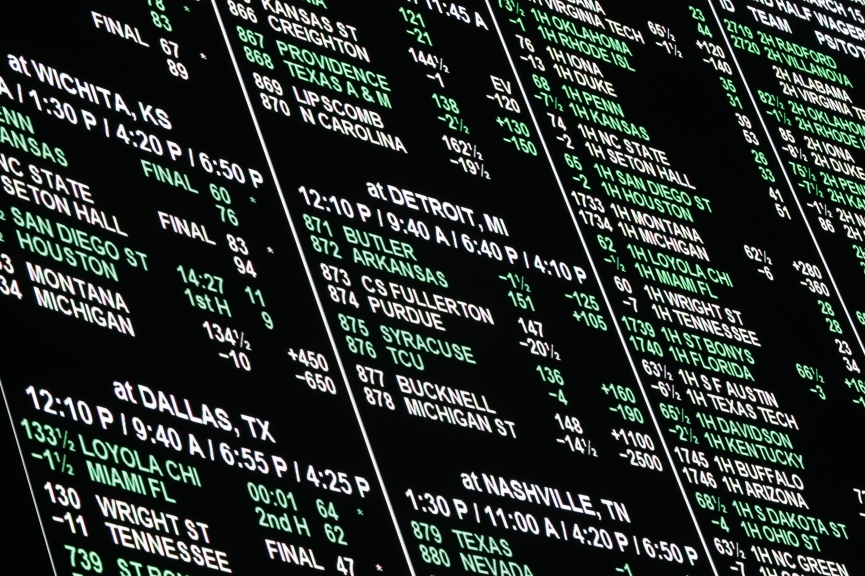Run Line (-1) Calculator: Odds Betting Tools

Run Line Calculator – Odds Betting Tools: By using the Run Line calculator you can turn a chalk line into a plus money line, simply by staking two bets between the ML and the -1.5. Let’s go over the key points about the -1 ‘Run Line’ Calculator, and how it can be used to help make you profits long term.
Turning a Chalk Favorite into Plus Money
 While you may win more than you lose when betting the chalk favorite in sports betting, the odds are simply not in your favor to turn a profit long term. By betting the chalk favorite regularly, you could end your season in the negative, even though you win 59% of your wagers. This happens because the chalk favorite is usually a public market, and the sportsbooks set the odds much higher than what the true odds indicate. Now, what does this mean exactly ??
While you may win more than you lose when betting the chalk favorite in sports betting, the odds are simply not in your favor to turn a profit long term. By betting the chalk favorite regularly, you could end your season in the negative, even though you win 59% of your wagers. This happens because the chalk favorite is usually a public market, and the sportsbooks set the odds much higher than what the true odds indicate. Now, what does this mean exactly ??
During the 2020 MLB season, the New York Yankees won 37 of their 67 games, with 34 of those 37 wins coming as the chalk line favorite. Even though they managed to win 55.2% of their games, a $100 bettor who wagered on the Yankees in every game in 2020 ended up losing -$734. A loss of about $11 per game, win or lose.
Meanwhile, of the Yankees’ 37 wins in the 2020 season, 30 of those wins came by two runs or more. Meaning that the Yankees finished their season on the -1.5 line with a record of 30-37.
When betting on the -1.5 ‘Run Line’ you are getting much better odds than you would be on the ‘moneyline. However, it is still quite a risk to wager into this market on favorites, so there is an even better way to get the best number available when turning a favorite into a plus money proposition.
The -1 ‘Run Line’ Calculator
The best way to turn a chalk favorite into a plus money dog is by combining the moneyline and the run line into creating your own ‘-1 Run Line’. You do this by staking a specific amount on both sides, generating your own odds that are created by blending the odds of the two separate propositions.
For example. If you were betting $100 on the New York Yankees, who are favorites over the Tampa Bay Rays. Hypothetically, let’s say the Yankees are lined at +145 on the -1.5 run line, and -120 on the moneyline. To create your own ‘-1 Run Line’, you would wager on the moneyline to win the amount that you stake on the -1.5 Run line.
Simply put, to create the -1 line at these hypothetical odds, you would wager $54 to win $45 on the moneyline at -120, and $45 on the -1.5 run line to win $65. At the end of this conversion, you are sitting with a +111 line on the Yankees at -1.
-1 Run Line Calculator Chart
| Total Wager Amount | Wager Number | Odds | Amount To Risk | Amount To Win | Generated -1 Line |
|---|---|---|---|---|---|
| $100 | 1 | -120 | $54.64 | $45.35 | +111 |
| 2 | +145 | $45.35 | $65.76 |
+EV Betting: Turning Profits Long Term
 One of the biggest keys to earning money long-term as a sports bettor is to understand the concept of +EV, short for ‘Positive Expected Value’. It’s something that poker players and other casino game players should understand thoroughly, but at some point, the concept of ‘+EV’ betting gets lost on folks who prefer to bet only on sports.
One of the biggest keys to earning money long-term as a sports bettor is to understand the concept of +EV, short for ‘Positive Expected Value’. It’s something that poker players and other casino game players should understand thoroughly, but at some point, the concept of ‘+EV’ betting gets lost on folks who prefer to bet only on sports.
In the casino gaming world, there are what has been come to be known as ‘advantage players’. Meaning, a player who only wagers on games that the house has little to no advantage. On average, the ‘house’ holds about a 4.5% edge on players in any given casino game. What this means is that a player has to win about 54.6% of the time at straight-stakes, to earn a profit long term.
There are different types of advantage players. Some that only play specific games, and some that approach games as a long-term investment.
 For example, a slot machine, or video poker ‘advantage player’ is willing to stake a $50,000 bankroll at $500 per hand on a specific game. These players do this with the understanding that the odds are so much in their favor that if they are willing to continually play them, they will win enough money, long term, to cover their losses.
For example, a slot machine, or video poker ‘advantage player’ is willing to stake a $50,000 bankroll at $500 per hand on a specific game. These players do this with the understanding that the odds are so much in their favor that if they are willing to continually play them, they will win enough money, long term, to cover their losses.
Simply put, if you have a 0.4% chance of winning 500x your wager when the actual implied probability is closer to 0.2%, there are ‘advantage players’ who are willing to stake big money to bet into those odds, knowing that as long as they don’t make more than 500 wagers, they will win money long term.
Unlike the 4.5% average edge that the casino-house holds. In sports betting, the house edge on the ‘pick’em’ or ‘-110’ line is actually at about 2.4%, which means a bettor has to win about 52.5%, or 11 of every 20 bets made, to make a profit long term.
However, once you move away from the ‘pick’em’ line of -110, and move more towards the ‘moneyline’ you get into a whole other realm of numbers and percentages.
 Most moneylines in sports betting are created to bring in ‘two-way’ action, and are not necessarily a reflection of the ‘true odds’. For instance, while the New York Yankees might hold about a 60% chance of winning a hypothetical game against the Toronto Blue Jays, the sportsbooks anticipate more money to come in on the Yankees than the Blue Jays, so they will set the line closer to -180, rather than the ‘true odds’ they have generated.
Most moneylines in sports betting are created to bring in ‘two-way’ action, and are not necessarily a reflection of the ‘true odds’. For instance, while the New York Yankees might hold about a 60% chance of winning a hypothetical game against the Toronto Blue Jays, the sportsbooks anticipate more money to come in on the Yankees than the Blue Jays, so they will set the line closer to -180, rather than the ‘true odds’ they have generated.
This is how ‘value’ is presented in the sports betting market. If you are getting a number that is much closer to the ‘true odds’ than what the odds market is offering, you are getting long-term ‘value’ on your wagers, whether you win or lose. This is how you become an ‘advantage player’ in sports betting.
Long Term +EV Value Betting
The key to betting value in sports betting is to find numbers that reflect an implied probability that is much lower than what the ‘true odds’ of that outcome are. As previously mentioned, the best way to do this is to utilize the advantage of only betting into these select markets.
 For example: In the 2018/2019 European soccer season. Real Madrid had a win or draw in 39 of their 56 games. However, a $100 bettor who wagered against Real in every one of those 56 games, ended the season with a profit of $5965. That’s an ROI of $107 per profit per game, win or lose.
For example: In the 2018/2019 European soccer season. Real Madrid had a win or draw in 39 of their 56 games. However, a $100 bettor who wagered against Real in every one of those 56 games, ended the season with a profit of $5965. That’s an ROI of $107 per profit per game, win or lose.
Real Madrid is one of the most popular sports teams in the world, and on any given day that they play, the handle that they bring in is so high that sportsbooks have no choice but to move their odds to a point that no longer reflects their actual chances of winning the game.
When you bet on the otherside of these markets, you are getting long-term value, whether you win or lose, just as the video poker player that is willing to lose money to get that big score that they know will ultimately come eventually.